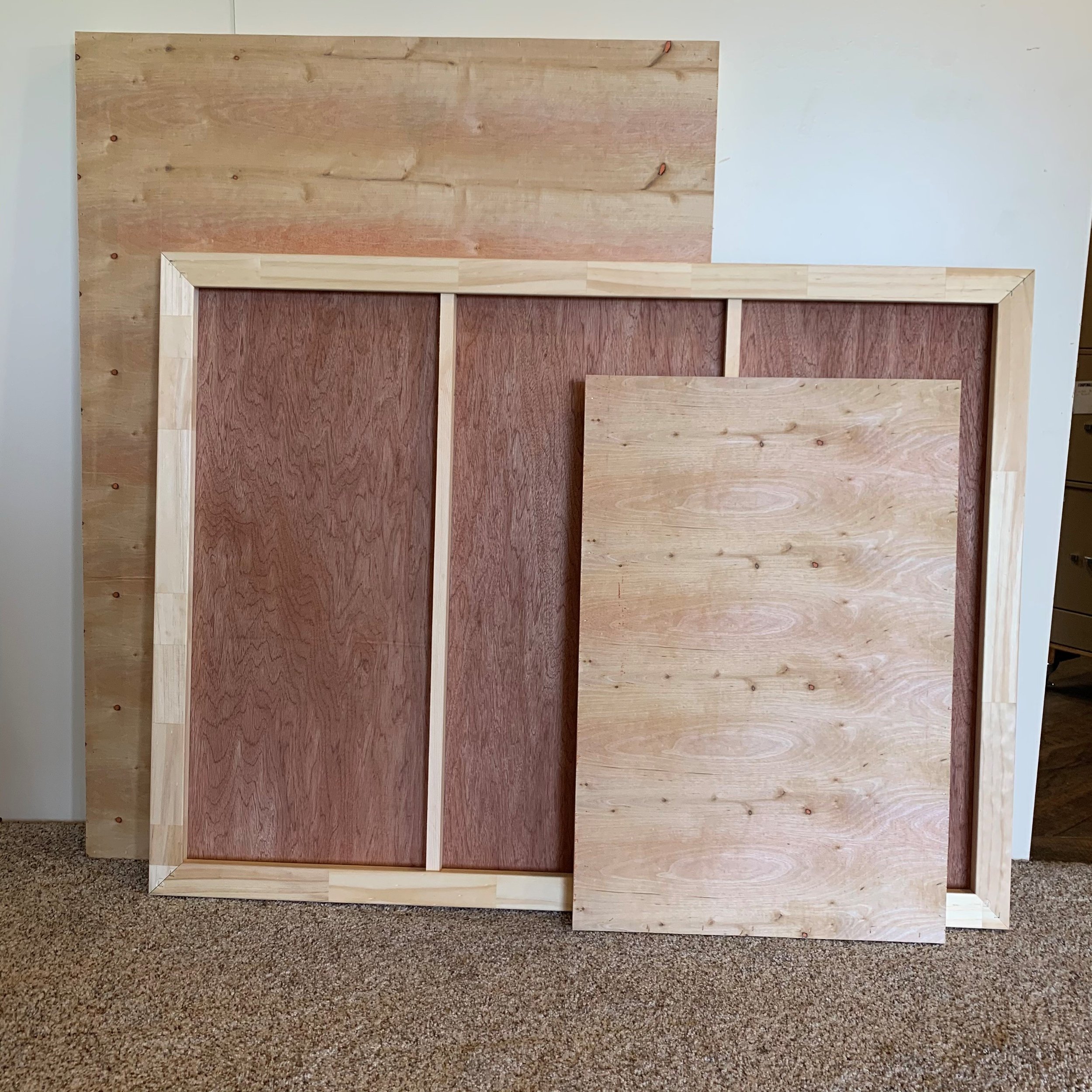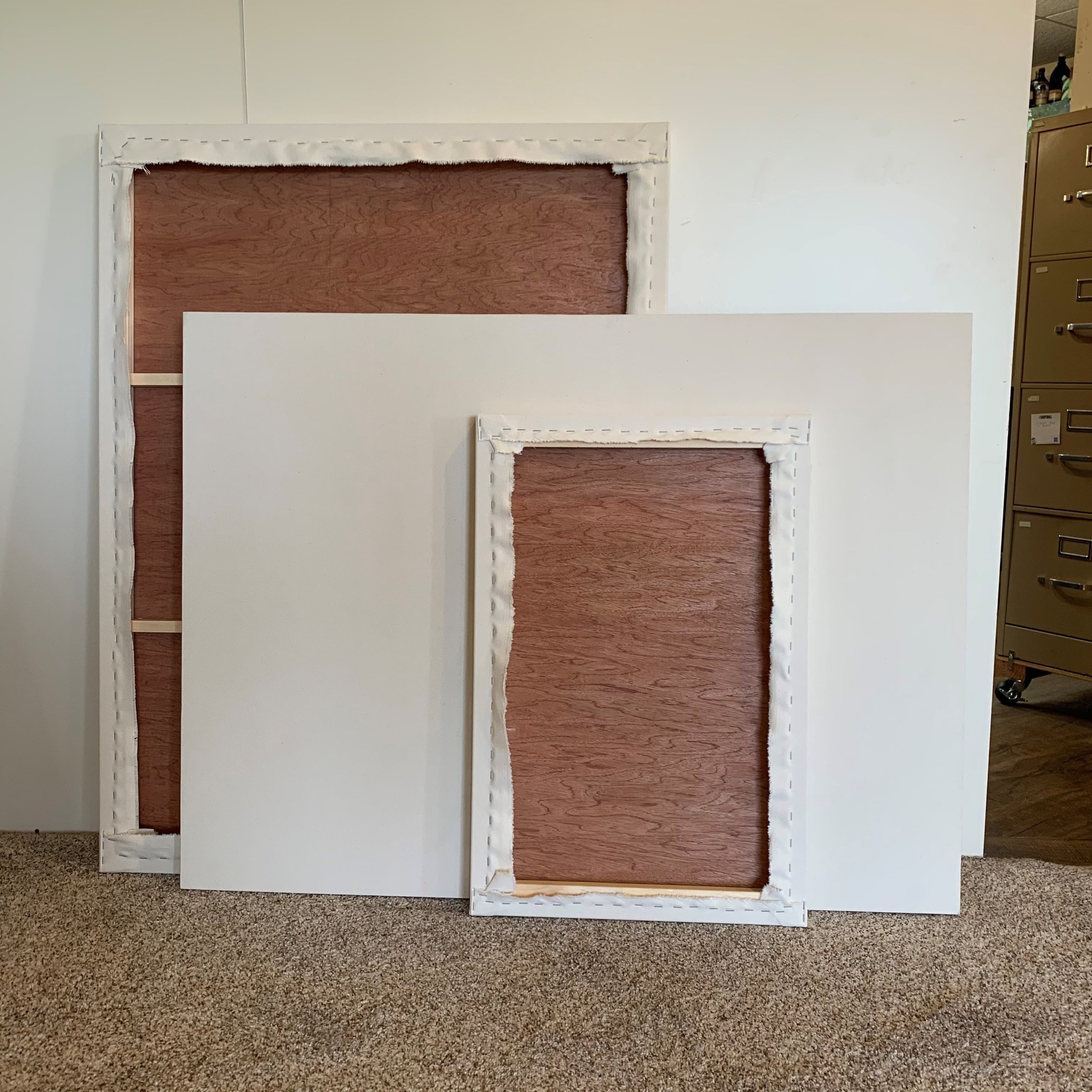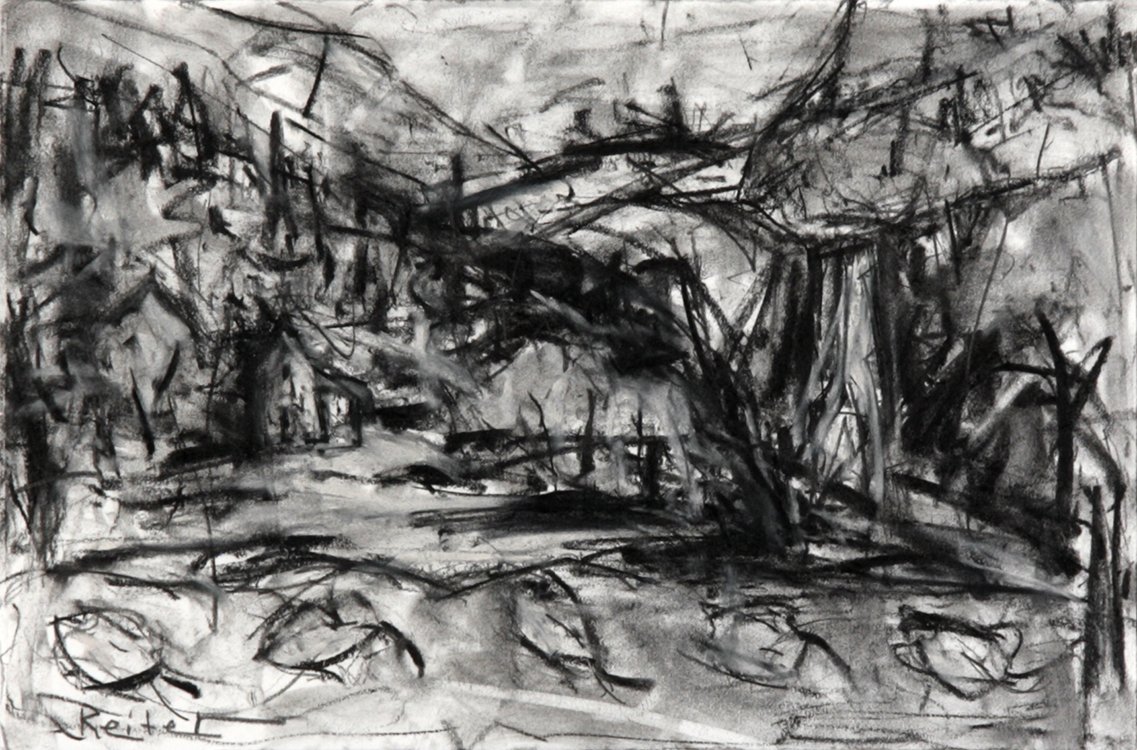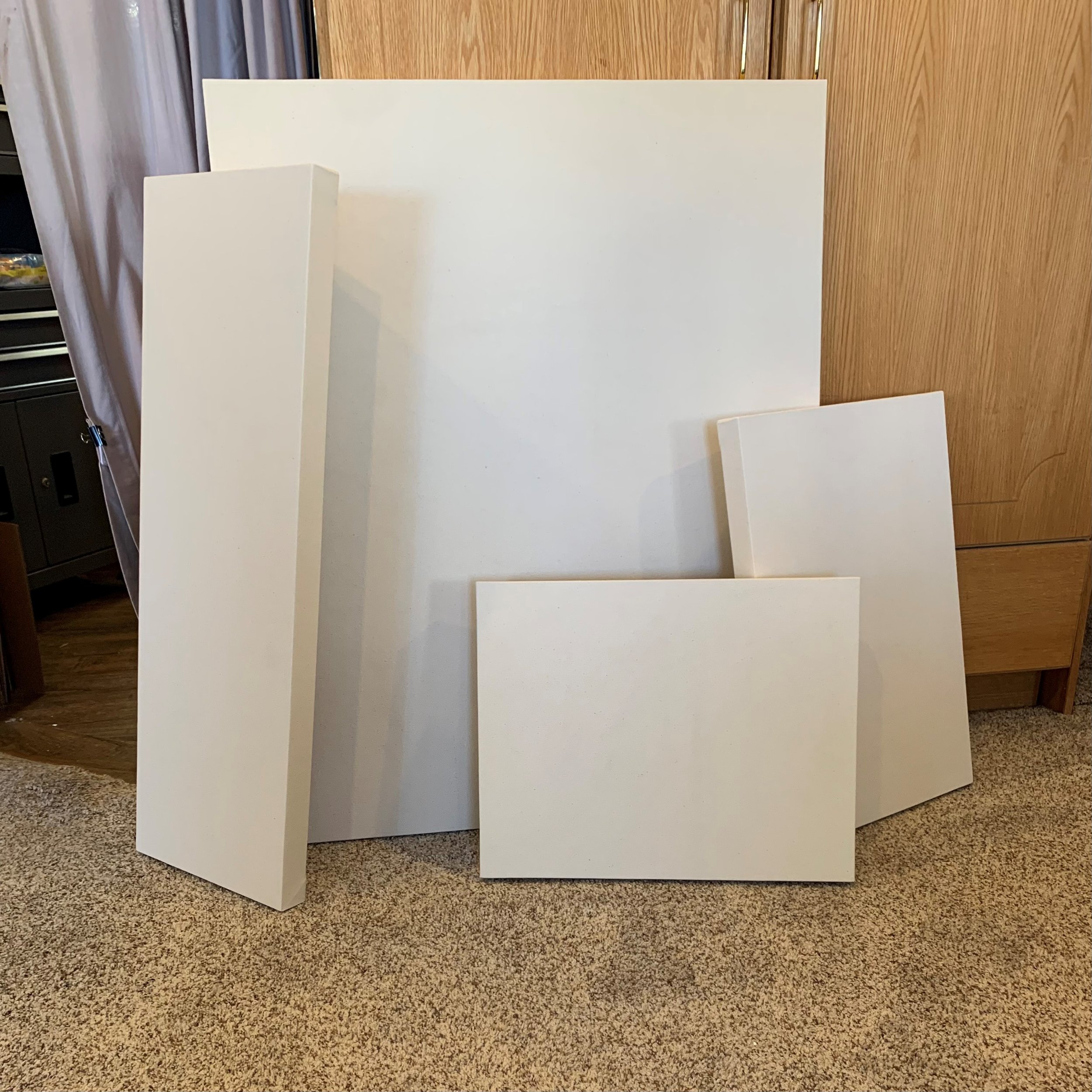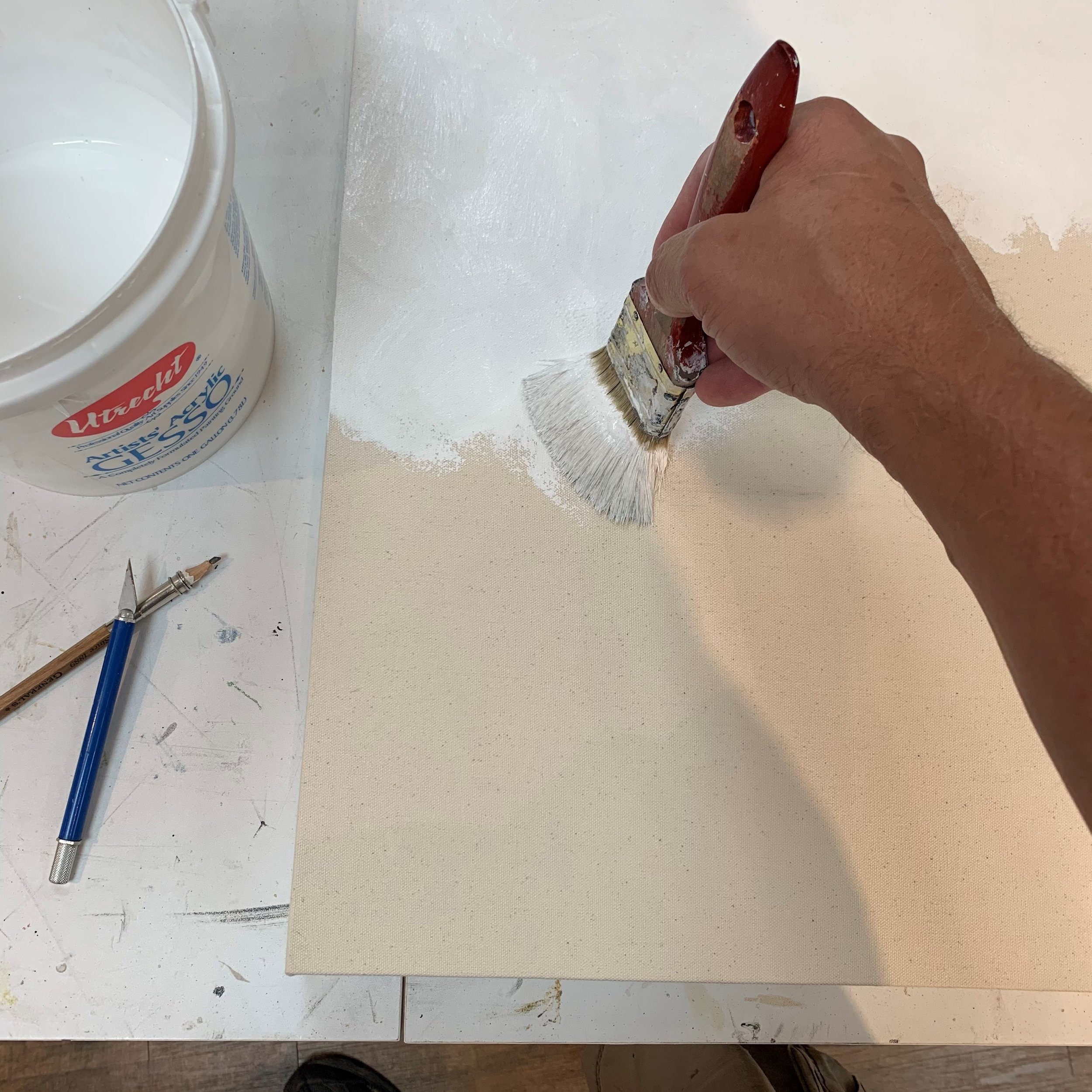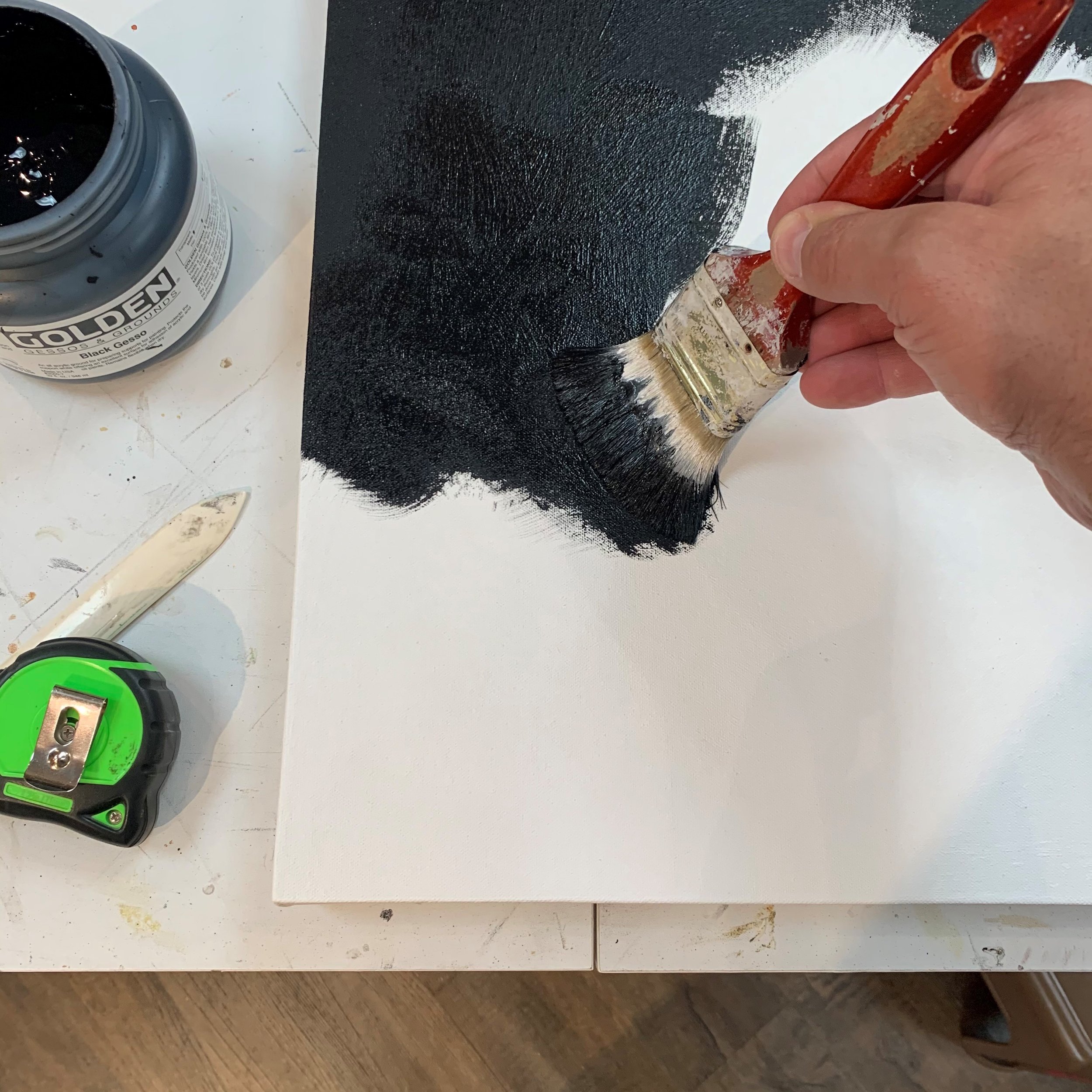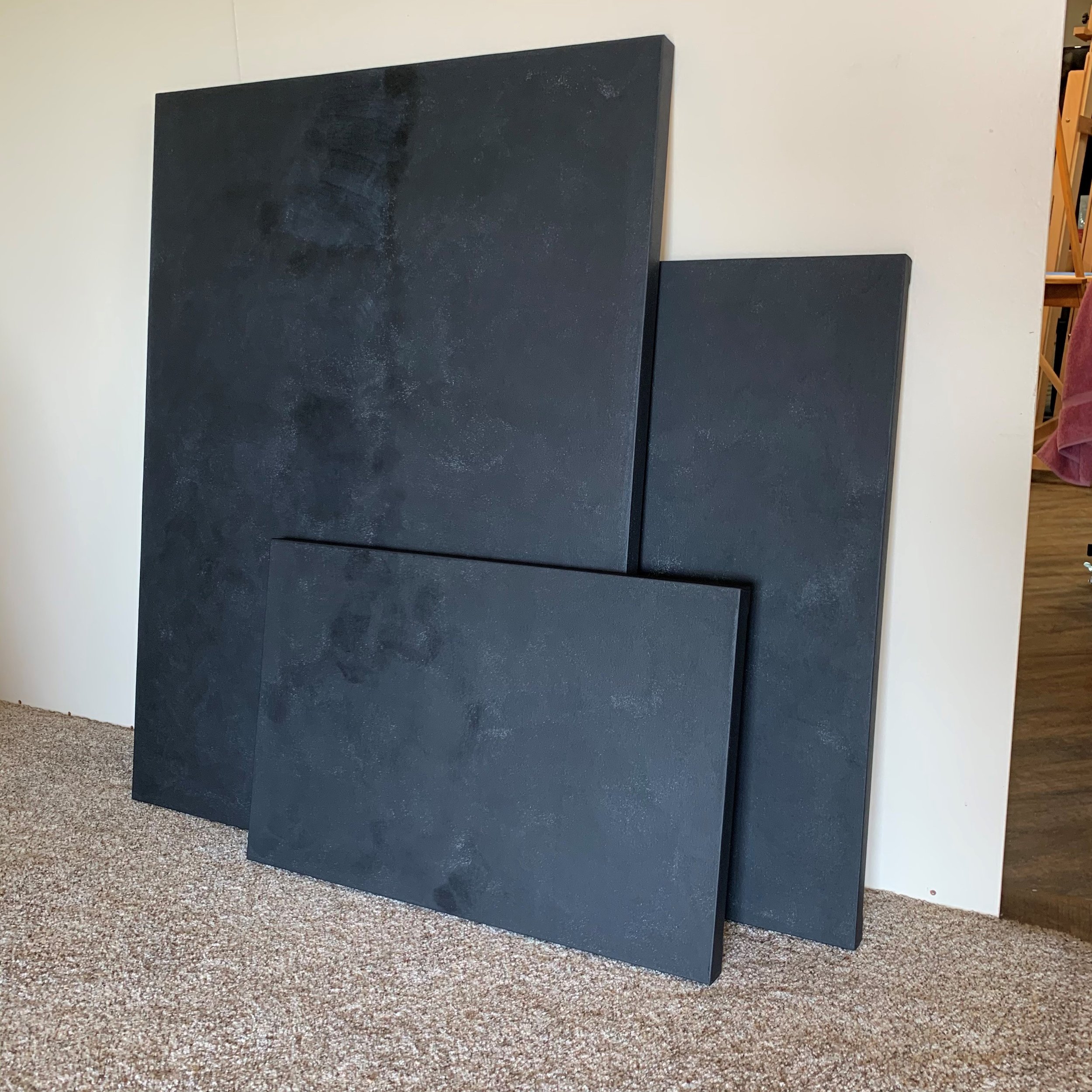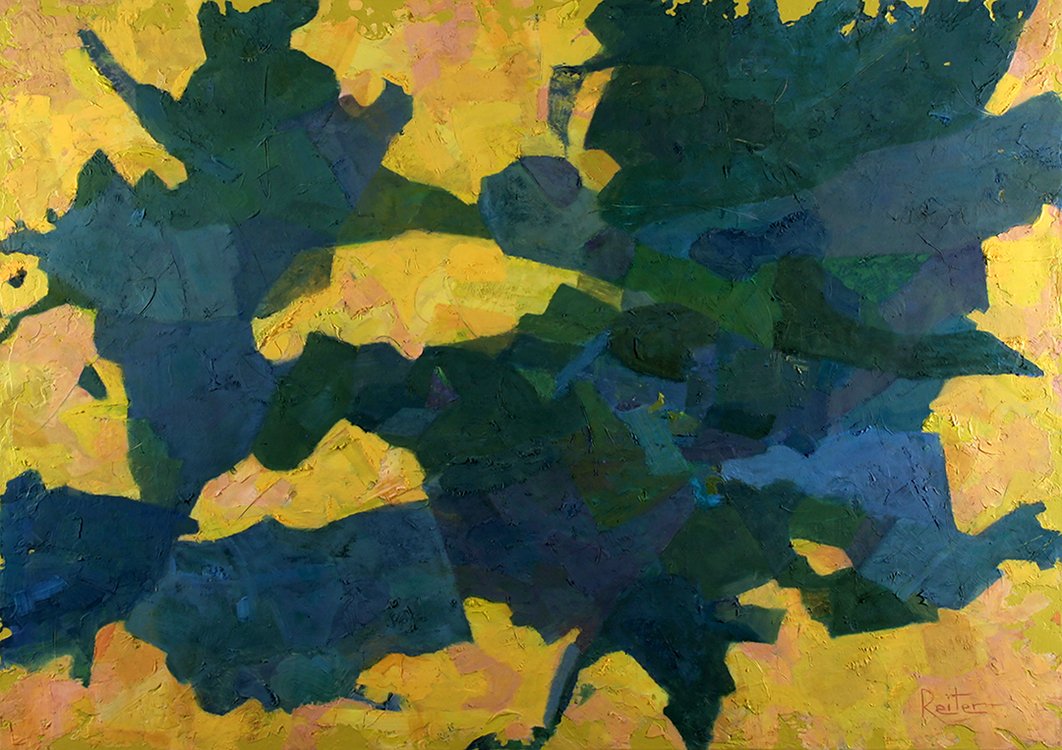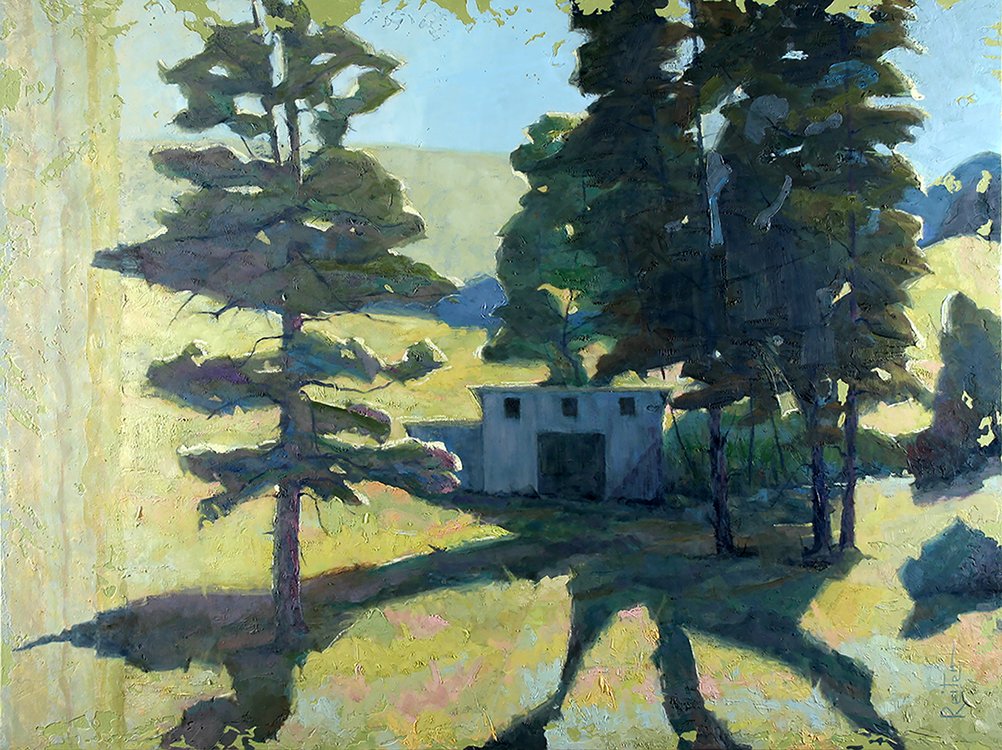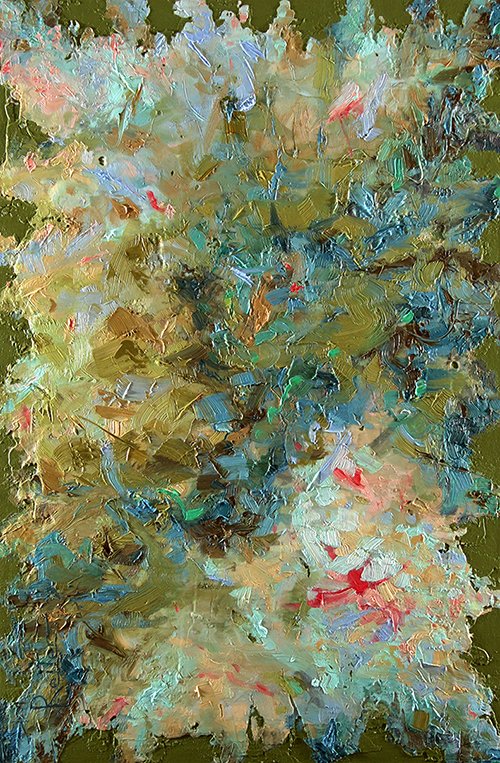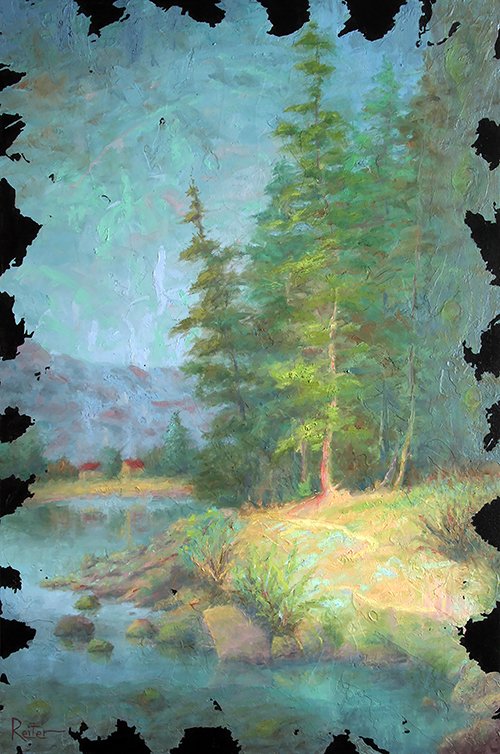About Dave
The act of hanging art to an anchor in a wall is a metaphor, a visual anchoring of the mind, heart, and soul to a place of rest and escape from the craziness going on all around us.
My painting is based in nature and memory--two powerful anchors for the human spirit--and explores personal narratives, life experiences, a sense of place, and relationships. I believe art connects visual experience with emotional response and helps people find strength and a positive outlook.
The farmland of Montana, where I grew up, informs my work. The values of hard work and preparation factor into every stage of my process.
7-Step Process To My Work
1. The Substrate: I start by making my own surfaces with canvas stretched across a wood frame. This part of the process--hand-crafting each substrate--is where I tap into left-brained thinking and begin working through what I want to paint and express.
2. The Drawing: While the substrate cures, I draw a few concepts and flesh out ideas on paper. For me, drawing is essentially the record of the conversation I’m having in my mind and working through what the painting is about, where I’d like to take it, and why I’ve decided to create this work in this manner. So essentially, drawing is where I begin the dialog with the subject.
3. The Color Studies: After the drawing, I move on to small color studies. Since colors convey emotion, I want to visually see what I may be internally feeling before starting the actual painting. Doing this small but essential step allows me to go into a painting without fighting the color of my mind with the color of my emotions. I literally want to feel the emotions of color and how they interact at that moment.
4. The Black Background: Once I have my concept, I start with a black background. Even if my edges end up being a color, I will begin with a black background.
5. The Initial Texture: Most times, I will lay down a layer of texture with paint, which ultimately begins the process of multiple layers of paint through the course of the painting.
6. The Abstract Painting: It is now time for the abstract painting. I will use my reference as inspiration. The abstractions are freeing and help me launch paintings in new and fresh ways.
7. The Representational Painting: By now with the concepts already worked out, I will begin a more representational painting using my reference material and the abstract painting as inspiration.
In both the abstract painting and the representational painting, I will work with oils and acrylics and occasionally add charcoal, paper, or other objects such as grass seeds, wood shavings, or fibers. I keep adding until I am satisfied with the three-dimensional quality of the surface and the finished statement of the completed work of art.
Left-Brain & Right-Brain
Creating art, for me, is both left- and right-brained and involves a sense of play and experimentation. I approach life as if it were a painting and believe in the power of discovering creative solutions through art as a way to anchor ourselves to the important connections we seek.
I studied graphic design at the Colorado Institute of Art and continued my studies with Kevin Weckback, Jordan Wolfson, and others. I have painted professionally since 2007 and have participated in prominent exhibitions throughout Colorado and nationally and have created work for the City of Thornton, CO. I am represented by Southwind Fine Art Gallery and The District Gallery.
Stay Connected—3 Ways:
Subscribe today to my blog, “The Creative Edge,” where I seek to inspire leaders and executives to unlock creativity and gain inspiration in everyday life.
Send an email to learn about new work
Follow on Instagram:




